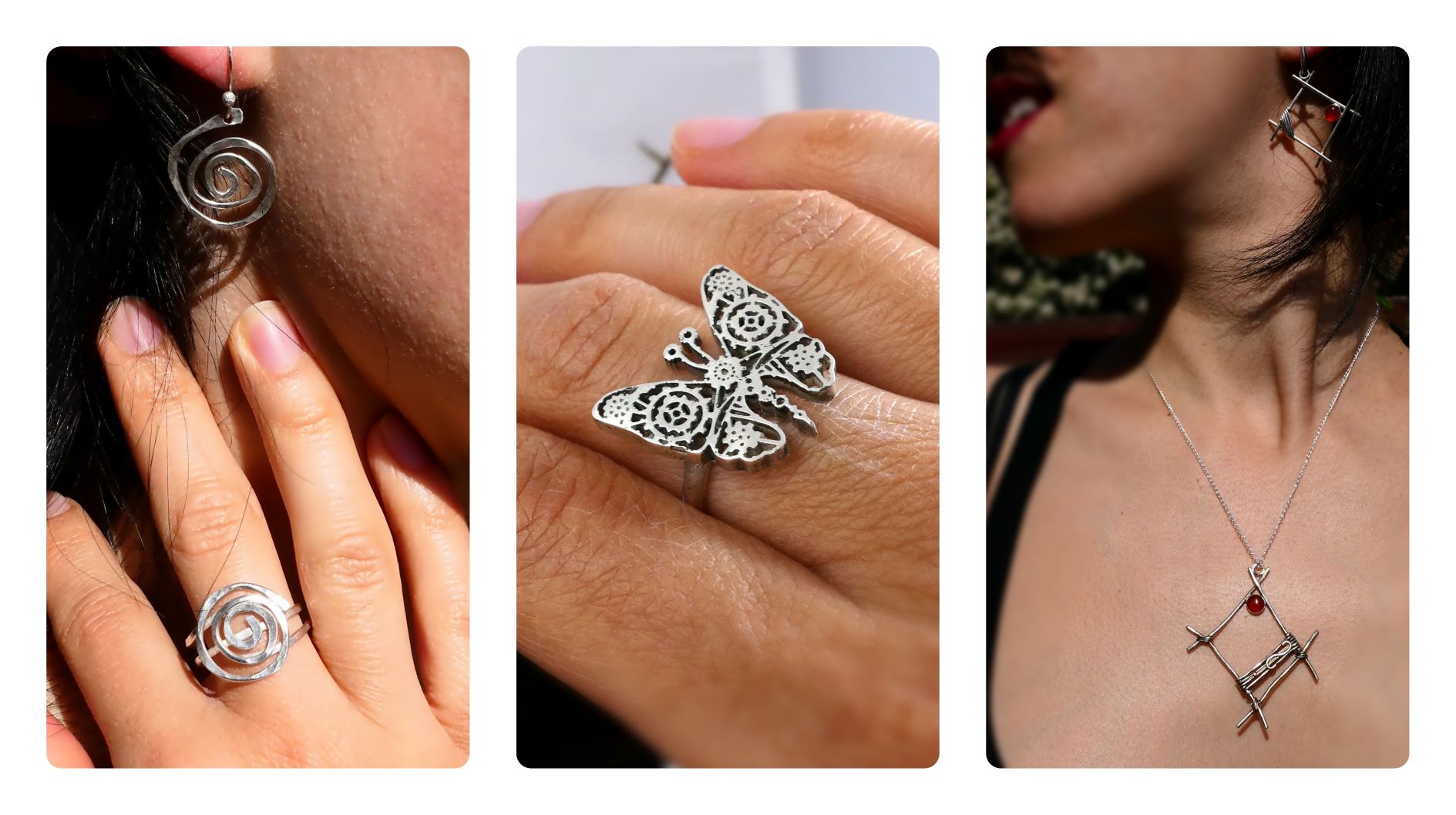
Today is an important day for imperial throne of Japan.
After 30 years on the Chrysanthemum Throne, Emperor Akihito of Japan abdicated on 30 April 2019, being the first Japanese emperor to do so since 1817. The enthronement ceremony, “sokuirei seiden no gi”, of the new emperor will be held on Tuesday October 22nd, which has been made a one-off national holiday in Japan.
Due to the abdication of Emperor Emeritus Akihito, the ceremonies for Emperor Naruhito are being held in the same year as his succession. Crown Prince Naruhito became the 126th Emperor of Japan on May 1st 2019, starting the new imperial era of Reiwa.
During the enthronement ceremony at Kyoto Palace, the new emperor will ascend to the imperial throne, the Takamikura, where he will declare his imperial succession to the people. The Takamikura has been in use since 707AD during the Heian period. The current Takamikura was built in 1915 for the enthronement of Emperor Taishō.
At the start of the ceremony, curtains on the thrones are closed but at the sound of a gong, the new emperor and empress are presented to the audience. After the participants salute them, Prime Minister Shinzo Abe will approach the emperor’s throne. The new emperor will then give his imperial statement, addressing Abe and the public. Abe, in return, makes his congratulatory statement to the new emperor.
Important symbolic role has to play the the Imperial Regalia of Japan (三種の神器 Sanshu no Jingi/Mikusa no Kamudakara), also known as the Three Sacred Treasures of Japan, consist of the sword Kusanagi (草薙劍), the mirror Yata no Kagami (八咫鏡), and the jewel Yasakani no Magatama (八尺瓊勾玉). The regalia represent the three primary virtues: valor (the sword), wisdom (the mirror), and benevolence (the jewel).
